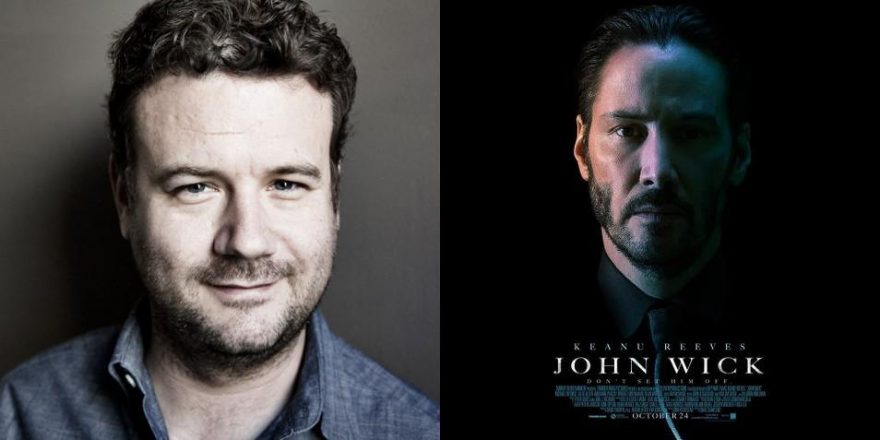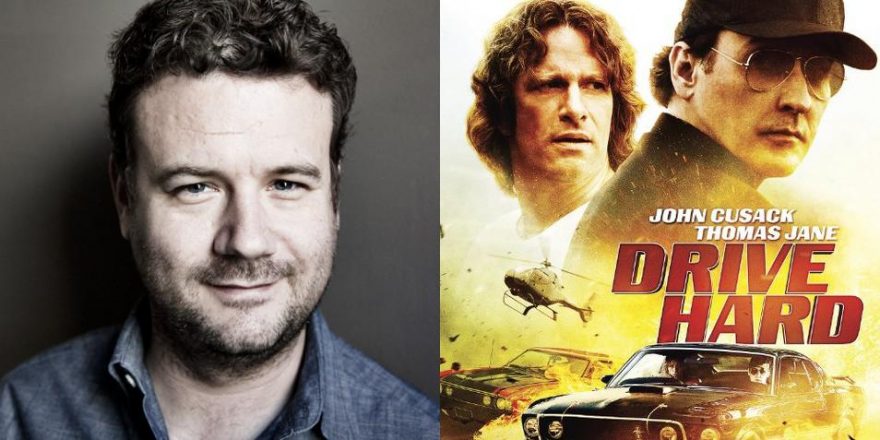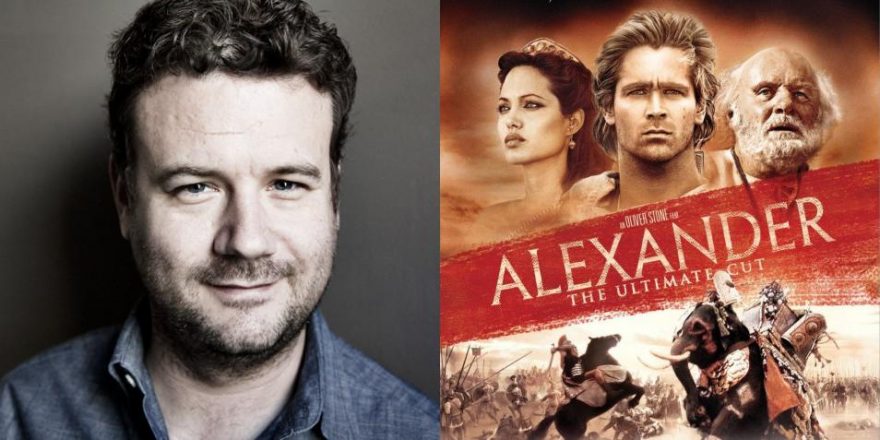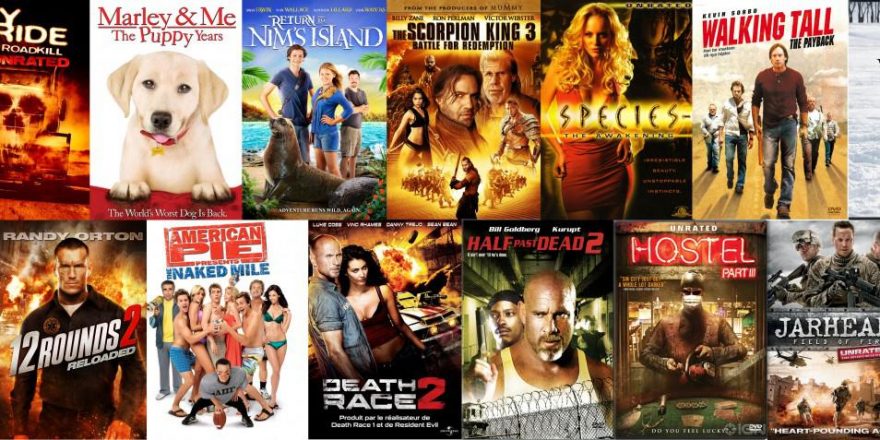As a straight male with a beautiful girlfriend, I’ve never really understood the concept of the “man crush” — never, that is, until I saw Keanu Reeves in John Wick. Upon reflection, my crush on Keanu has probably been in the works for some time, but it took the pure action-movie poetry of John Wick for our one-sided bromance to crystalize. Not because Reeves is extraordinarily handsome and graceful in the film; he is, but my pitter-pattering heart is due less to his physical presence than to his taste and judgment. See, for the past few years, it has felt like Keanu Reeves has been making movies just for me.
I realize that this sounds a little absurd, so let me back up. A couple of years ago, Reeves produced and starred in Side by Side, a documentary on the ongoing debate over film vs. digital that was entertaining, even-handed, and extraordinarily informative. I can’t begin to calculate how many hours I’ve spent on the film vs. digital argument — reading about it, debating it, applying it to decisions in my own work — and here was a movie that gathered all of the important, contradictory points of view on the subject and consolidated them into a two-hour treasure of documentary filmmaking.
Thus the pump was primed for last year’s Man of Tai Chi, Keanu’s directorial debut and a movie I was dying to see in the months before its release. I was expecting to like, maybe even love, Man of Tai Chi, but I wasn’t expecting to be blown the fuck away by it. It’s a masterpiece of action choreography and visual design, with clean, clear fight scenes in which intricate stunt work is showcased by a fluid but steady camera and accentuated by invisible editing that serves as a vehicle for content, not a replacement for it. Watching Man of Tai Chi felt like having pure oxygen pumped into my lungs for an hour and 45 minutes. I was so grateful that someone else knew what Walter Hill knew in films such as The Warriors or 48Hrs.: that great action movies are as much about musicality as they are about violence, and that the best fight scenes are staged like musical numbers.
With Man of Tai Chi, Keanu Reeves went from being an actor whom I always kind of enjoyed to a filmmaker whose work I had to see, and it made me look back on his career and realize how many interesting choices he’s made and how many terrific films he’s been in. I’d be happy to make one movie as great as Permanent Record, or Devil’s Advocate, or Point Break, or My Own Private Idaho, or…well, you get the idea. I started to think he might be a kindred spirit, a filmmaker I could trust — and when I saw John Wick this weekend, I didn’t just think it, I knew it.
Like all movie buffs, I have my sweet spots — genres and traditions that I respond to on a purely emotional, primal level, sometimes regardless of quality. Perhaps the sweetest spot of all for me is the vigilante film — I love vigilante movies when they’re subversive and visionary (Ms. 45), when they’re dumb and brutal (Hard to Kill), when their politics are in sync with mine (The Brave One), and even when their politics are not (Death Wish). There’s just something about movies featuring people getting even that appeals to me. I’m a pacifist who has never fired a gun or been in a physical fight in my life, but put me in front of a TV to watch Tommy Lee Jones and William Devane mowing people down in Rolling Thunder and I suddenly feel warm and happy all over.
John Wick is the vigilante movie stripped down to an almost Bressonian purity. It’s about a retired assassin (Reeves) who springs back into action when a young thug steals his car and kills the dog Wick’s dead wife gave him. That’s pretty much all you need to know about the story; the initial crime sends Wick on a rampage through New York in which he fights and kills somewhere around 50 bad guys as he makes his way to his primary target. Like I said, this is the kind of thing I eat up whether it’s good or bad — and in the case of John Wick, it’s not just good, it’s brilliant. Screenwriter Derek Kolstad distills the vigilante film to its essence, reducing it to its most basic elements and then rebuilding it from the ground up with humor and intelligence and a flawless awareness of the genre’s pleasures. The result is a movie with the visceral kick of an exploitation movie and the aching soul of a European art film — maybe the best merging of those two sensibilities since 1980s John Woo.
If that sounds hyperbolic, wait until you see the staging of some of the fight sequences in this movie. John Wick was directed by Keanu’s Matrix stunt double (and Man of Tai Chi martial arts choreographer) Chad Stahelski, an accomplished second unit director and stunt coordinator who has an unerring sense of large-scale action orchestration and camera placement. John Wick has at least three all-time great set pieces in which kicking, shooting, and punching are turned into a form of violent ballet; one sequence, in which Wick tears his way through a nightclub, is as inventive and exhilarating as anything I’ve ever seen in an action film. (Some of the credit for these set pieces surely must be shared with producer David Leitch, who has partnered with Stahelski as a second-unit directing team on films such as The Wolverine and Escape Plan.)
Yet John Wick is more than just the sum of its corpses; what elevates it to classic status is the connective tissue that motivates its carnage. The first 20 minutes or so is a self-contained tour de force of nearly silent cinema in which Wick’s sense of loss is made powerfully evident through purely visual tools like light, color, editing, and Reeves’ anguished face — in its simple but layered expressiveness, it’s the best thing of its kind since the silent montage that opened Pixar’s Up. The contemplative opening lays the perfect foundation for the non-stop action that follows, creating a sense of poetic reality that infuses the rest of the movie. Once the action begins, Kolstad creates a world that’s both familiar in its elements and wholly original in its execution — it’s a funny, clever environment that has its own heightened rules, as in the case of a hotel for assassins with a 24-hour doctor on call and a body-disposal service. With the wrong tonal approach, this material might not have come off, but Stahelski’s dreamily impressionistic sensibility makes everything convincing on its own terms. He knows when to play things straight and when to go for laughs, and the upshot is something that might sound contradictory: a film in the Charles Bronson tradition that respects and rewards the audience’s intelligence.
The thought behind every decision in John Wick is one of the things I was most grateful for, and why it felt like it was made just for me. I don’t know if anyone else was wondering what it would be like to see The Evil That Men Do remade by Yasujiro Ozu, but the collision of those filmmaking styles in one movie is something I’ve been waiting for my whole life — even if I wasn’t consciously aware of it. Something I was consciously aware of was how much I missed the classical pleasures of filmmakers like Raoul Walsh, Don Siegel, John Carpenter and Walter Hill in the noisy, cluttered climate of contemporary action films — and how much I’ve longed for a new version of action icons like Bronson and Clint Eastwood. With John Wick and Man of Tai Chi, Keanu Reeves has given me both: he’s a filmmaker of unerring taste and clarity, and an actor whose understated charisma is exactly right for both urban action movies and martial arts films. He’s my canary in the coal mine — as long as Keanu Reeves is starring in, producing, and directing genre movies, I know that there’s still hope for the tradition that I love.







